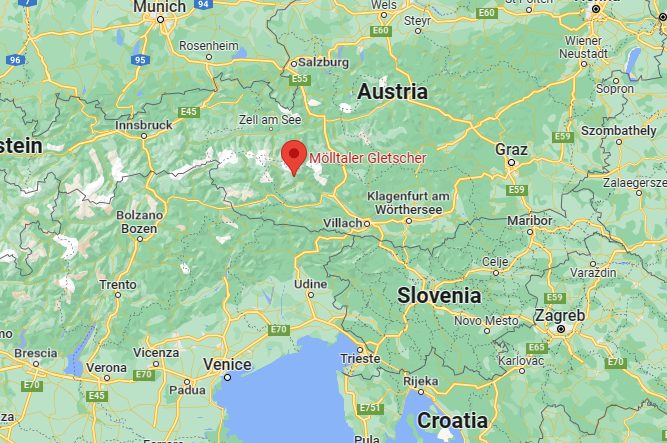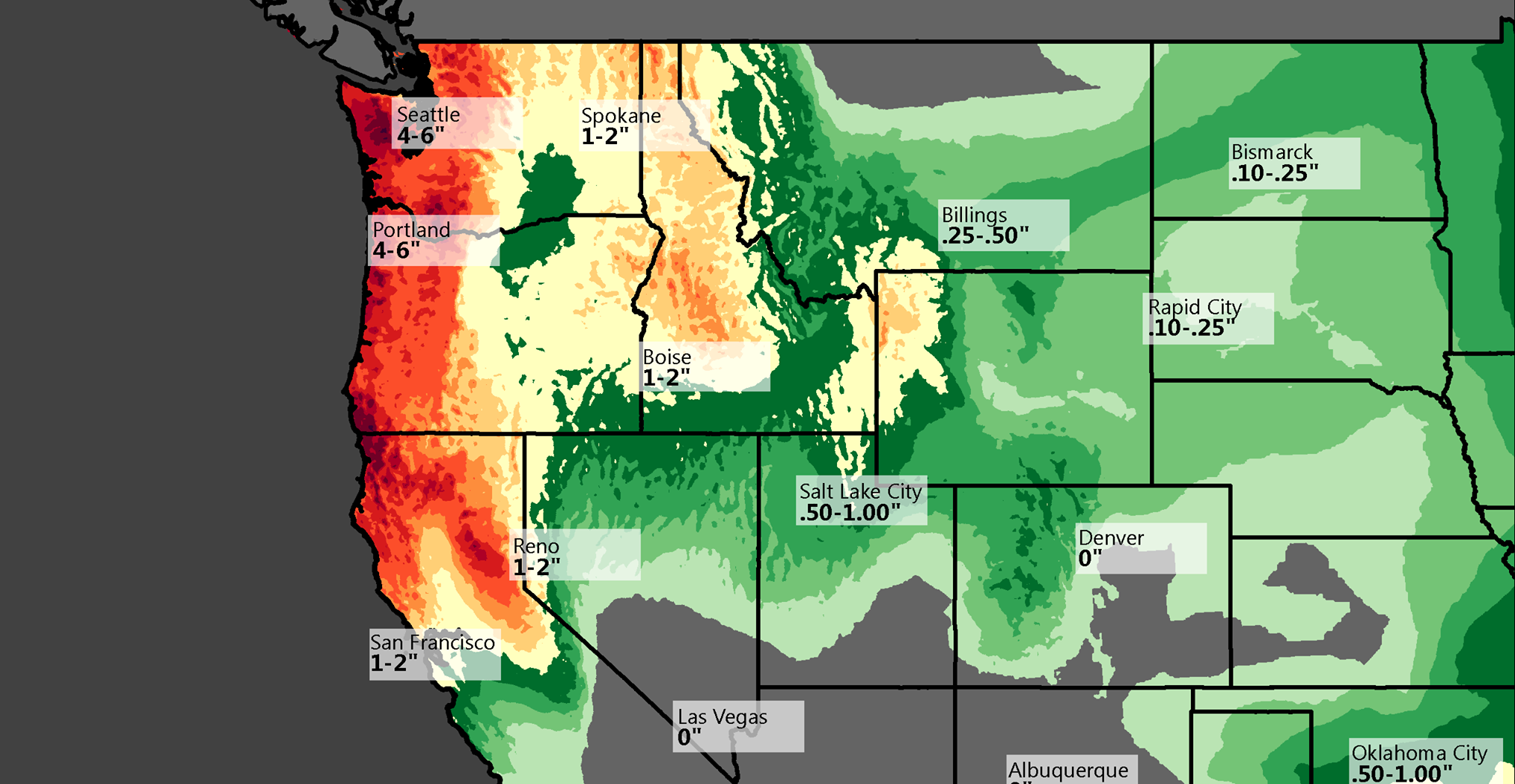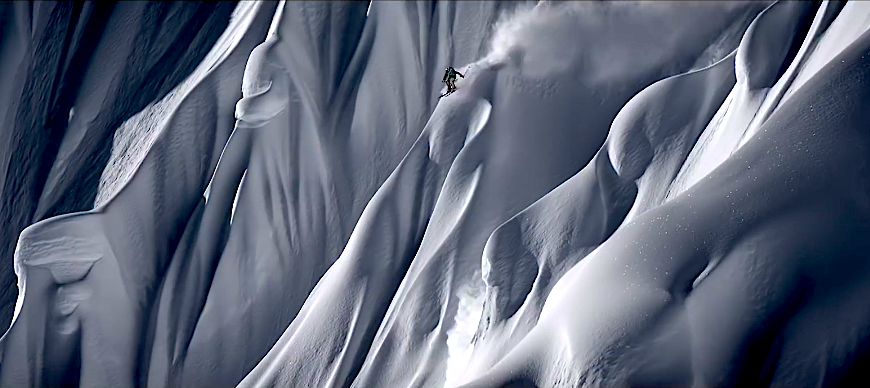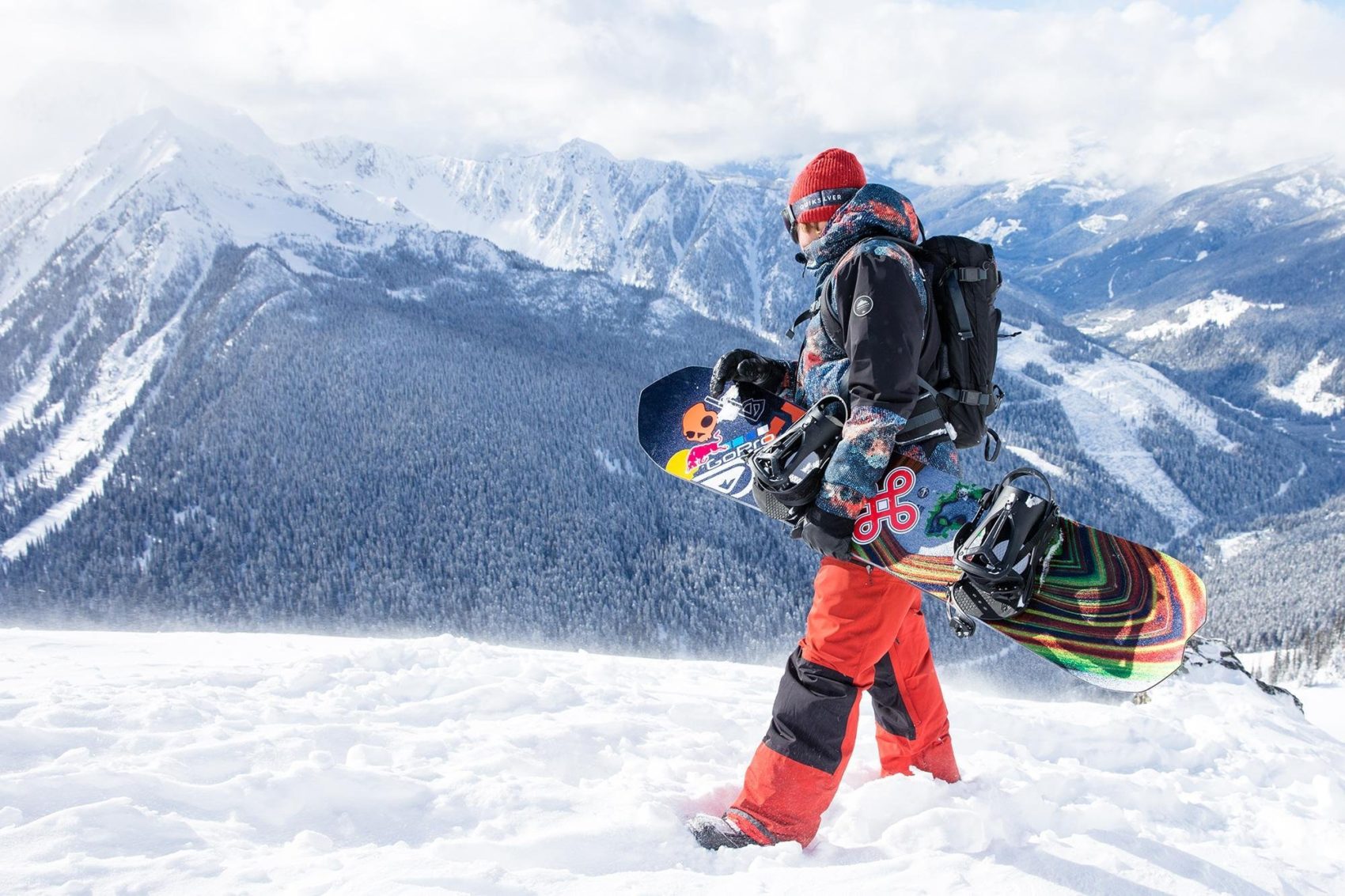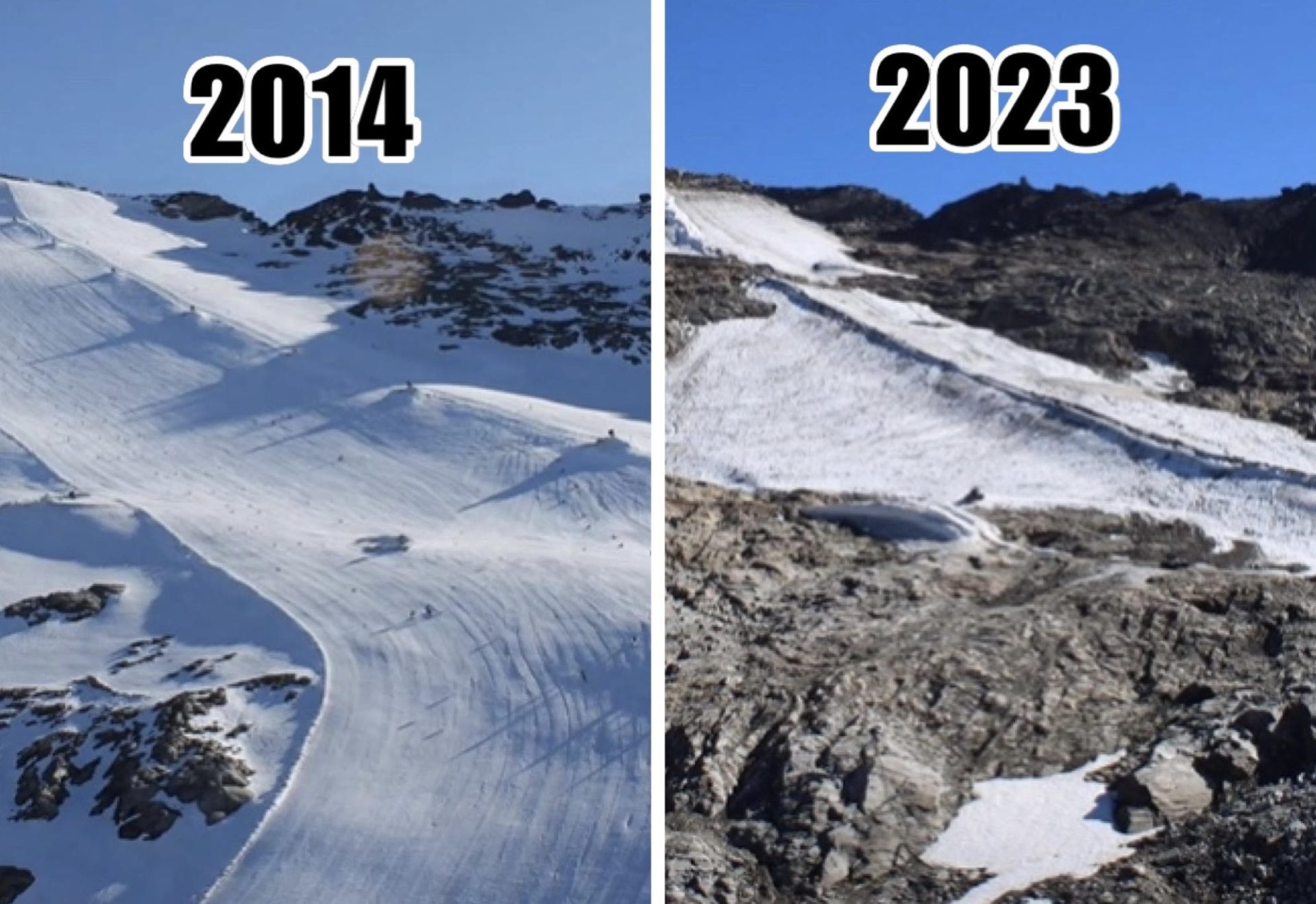
The Mölltal Glacier offers skiers and riders some incredible high alpine terrain at Mölltaler Gletscher, Austria. The ski resort, which is the only glacier ski resort in the region of Carinthia, is also the official training resort for the Austrian ski team and the German national alpine ski team. The advanced terrain and world-class maintenance provide the ideal foundations for top-level skiing.
With nine lifts and elevations ranging from 6,916 feet to 10,242 feet, the resort typically boasts reliable snow quality from fall to spring. However, as evidenced by this recent post, the glacier has clearly seen better days. The images are taken almost exactly nine years apart and there is a drastic difference.
The caption of the post above, when translated, reads like this:
September 2014 vs. September 2023.
What you see are not two different mountains and no, they were not photographed at two different times of the year. In both photographs, the Mölltaler glacier, in the Austrian Hohe Tauern, was immortalized on September 17, 2014, and September 16, 2023, to be precise.
Some say that these are cycles, that the climate changes, and that we shouldn’t worry. True, the climate is constantly changing, but this is ten years. A decade for glaciers and the climate should be a blink of an eye, an instant. This was enough for humans to upset a natural environment and make it unrecognizable. Ten years. Can you imagine the transformations between now and the end of the century if we don’t decide to seriously intervene?
The documentation of glaciers declining is on the rise. Many people would immediately point to climate change as the reason for this discrepancy in snowpack. This is certainly a plausible explanation as a recent report out of Europe states that at the current rate of greenhouse gas emissions, 90% of Europe’s ski resorts will eventually face critical shortages of natural snow. One thing for sure is whether it is climate change or just a relatively low snow year, less snowpack is never a good thing.
